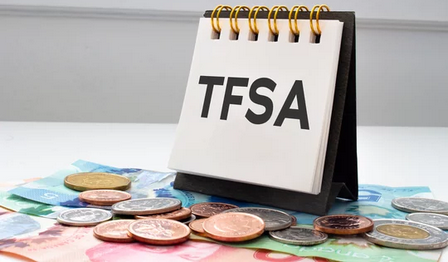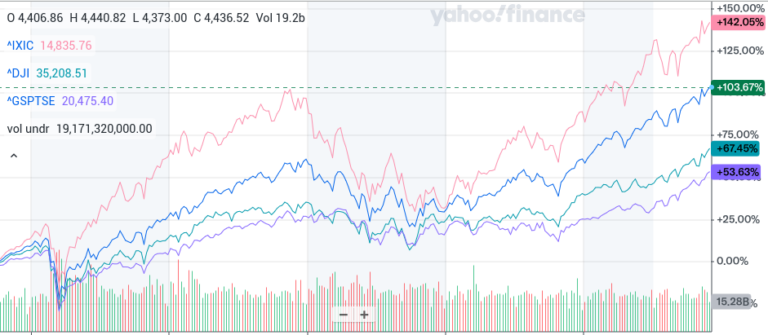In Canada, we are reminded on an annual basis that the March 1st deadline for your RRSP contribution is looming and in order to reduce your taxes you should make a contribution.
If you’re in a higher tax bracket, contributing to your RRSP is essential for reducing your tax bill to the government.
Why might having a large RRSP nest egg be considered a disadvantage? One reason is that individuals who save a lot in their early years may find it difficult to spend more once retired leaving their estate with a potentially hefty tax bill!
Before the Internet became widespread, the bank’s financial advisor would encourage you to contribute to your RRSP without possibly considering your income level or your spending habits. If you were lucky, you might have gone with a fee only financial advisor whose main goal is to provide their expertise without pushing of a sale of a product that you might not need.
In the video below, the financial advisor goes over strategies in how to draw down your RRSP.
By the time you hit 71, your RRSP must be converted into a RRIF which you will have to draw down at at the minimum rate required. Here is where prepping your retirement strategy can help you maximize your retirement savings.
In the video below, the financial advisor goes over some scenarios of how to withdraw money from a large RRSP account to minimize paying taxes.
As noted, everyone’s situation is different and seeking the advice of professional financial advisor can help go over your finances and strategies.


